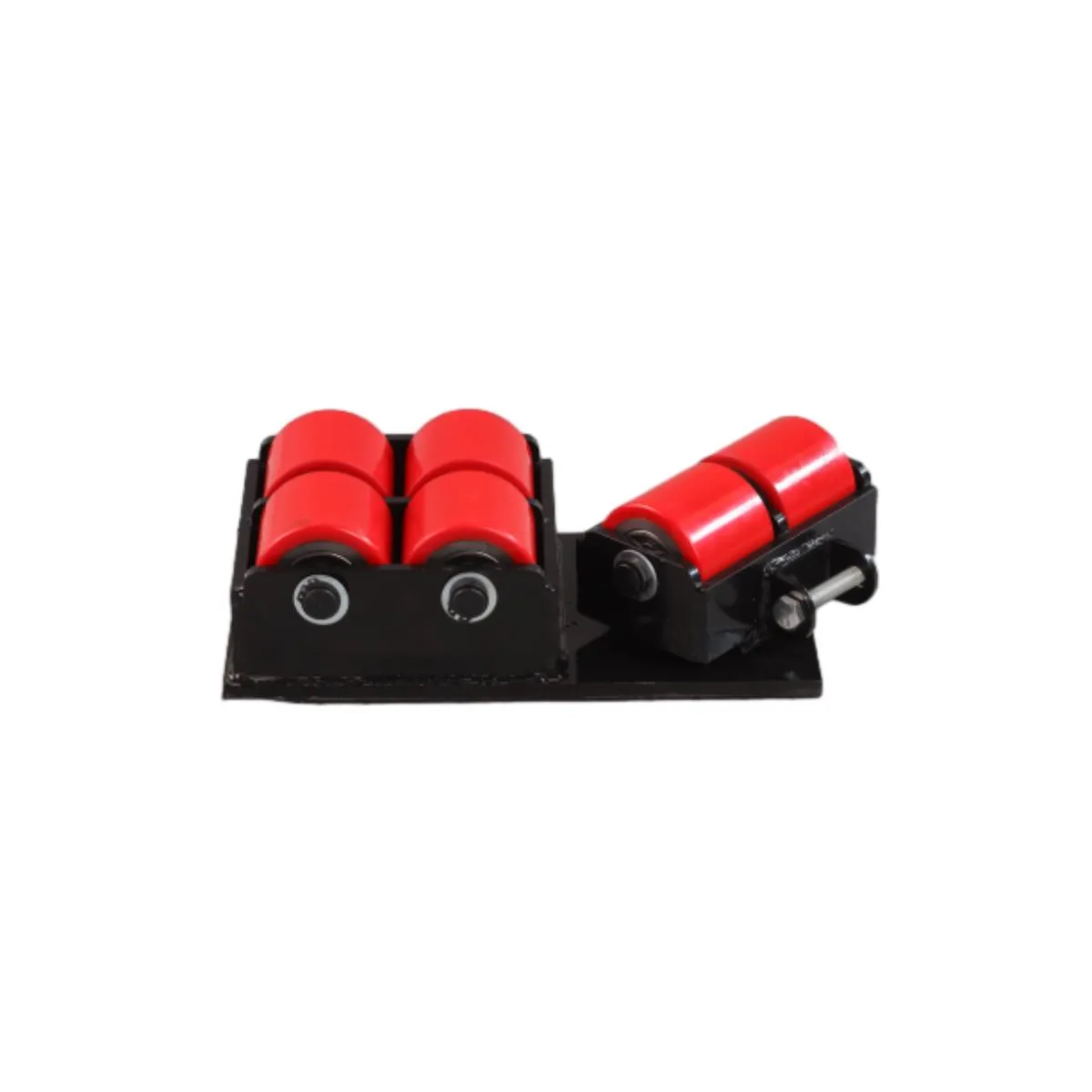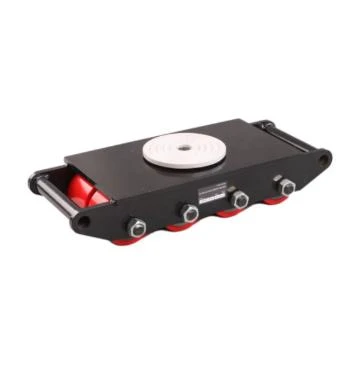Rail Mounted Crane Supplier - High Efficiency Travelling & Floor Mounted Gantry Cranes for Heavy Lifting
- Introduction to Rail Mounted Crane and Market Overview
- Technical Advantages of Rail Mounted, Floor Mounted, and Travelling Gantry Cranes
- Manufacturers’ Comparison and Key Differentiators
- Customization Options for Specific Industrial Needs
- Case Studies: Application Scenarios and Performance Results
- Challenges, Trends, and Innovations in Crane Engineering
- Conclusion: Why Businesses Prefer Rail Mounted Crane Solutions

(rail mounted crane)
Introduction: Rail Mounted Crane and Market Overview
The global industrial lifting landscape has seen rapid evolution over the last decade, with advanced solutions such as the rail mounted crane
taking center stage. These systems are engineered to facilitate heavy and precise material handling in manufacturing plants, shipyards, and logistics hubs. According to a recent analysis by MarketsandMarkets, the worldwide overhead crane market—including rail mounted, floor mounted gantry crane, and travelling gantry crane types—was valued at approximately USD 4.75 billion in 2023, with a projected CAGR of 5.6% through 2030.
The necessity for increased productivity is propelling investment in sophisticated lifting systems. Digital integration, automation, and IoT capabilities are being prioritized, enhancing both safety and operational efficiency across industries. This expanding demand, coupled with diverse application requirements, underscores the importance of choosing the right crane technology.
Technical Advantages of Modern Crane Configurations
Rail mounted crane solutions are celebrated for their ability to operate with high speed and accuracy along a predetermined path, typically servicing wide horizontal areas with minimal ground interference. These cranes support load capacities ranging from 10 tons to over 200 tons, with modern variants offering synchronized multi-crane control and advanced collision avoidance systems.
In contrast, floor mounted gantry crane systems provide modular and often mobile solutions, ideal for flexible and dynamic workflows. Their ease of installation and ability to navigate complex factory layouts make them highly desirable in facilities with floor load restrictions.
Travelling gantry cranes add another layer of versatility. With both rail and rubber-tyred options, these cranes can operate indoors and outdoors, handling bulky cargo and containerized goods with impressive agility and precision. Innovative features such as regenerative drives and remote diagnostics further reduce downtime and operational costs.
Across all types, integrated safety protocols including anti-sway technology and real-time performance analytics are reshaping industry standards, ensuring compliance and maximized uptime.
Manufacturers’ Comparison and Key Differentiators
Choosing a reputable manufacturer is a critical decision. Leading companies distinguish themselves through innovation, reliability, and comprehensive service networks. The following table compares four global leaders in the sector based on core parameters:
| Manufacturer | Flagship Product | Max Load Capacity (tons) | IoT Integration | Warranty (years) | Global Service Coverage |
|---|---|---|---|---|---|
| Konecranes | SMARTON Rail Mounted Crane | 250 | Full Suite | 2 | 85+ Countries |
| GH Cranes & Components | GHB Floor Mounted Gantry | 180 | Standard | 2 | 60+ Countries |
| Liebherr | RMG Travelling Gantry Crane | 120 | Advanced | 3 | Global |
| Shanghai Zhenhua (ZPMC) | Automated Rail Mounted Gantry | 200 | Full Suite | 1 | 45+ Countries |
This comparative assessment highlights the importance of not just technical specification but also after-sales support and digital compatibility. Leading brands are continuously enhancing remote monitoring, predictive maintenance, and eco-efficiency to maintain competitive edges.
Customization Options for Specific Industrial Needs
The growing complexity of industrial processes has driven demand for tailored crane solutions. Manufacturers and end-users collaborate closely to adapt rail mounted, floor mounted gantry crane, and travelling gantry crane systems to unique site requirements.
Customization approaches include:
- Span and Lift Height Adjustment: Modifying crane geometry for special environments such as ultra-wide docks or compact workshop aisles.
- Automation Level: From semi-automatic controls in basic lifting to fully autonomous operation in logistics centers.
- Environment-Specific Materials: Incorporation of corrosion-resistant alloys and weatherproof electronics for outdoor or marine applications.
- Power Sources: Hybrid systems utilizing grid power, battery, or diesel to ensure continuous operation in remote locations.
Case Studies: Application Scenarios and Performance Results
In container terminals, deployment of ZPMC's automated rail mounted crane arrays enabled Shanghai Port to achieve 28% faster average cargo throughput and reduce operational accidents by 35%. Similarly, a major automotive plant in Germany adopted a custom Konecranes rail mounted solution, integrating advanced anti-sway features and real-time load tracking, which improved floor efficiency by 24% and reduced equipment downtime by 12% year-over-year.
For floor mounted gantry crane applications, a North American aerospace component manufacturer reported that a bespoke GH system provided enhanced flexibility and mobility necessary for assembling oversized modules, saving 1,000 labor hours annually.
Mobile travelling gantry cranes, such as those deployed at Sydney's infrastructure expansion site, have demonstrated the ability to relocate and install prefabricated bridge elements with millimeter-level precision, reducing project timelines by up to 30%. These results underscore the strategic value of matching crane technology to specific task environments.
Challenges, Trends, and Innovations in Crane Engineering
Despite significant progress, some challenges persist across the industry. Energy consumption, interoperability with legacy systems, and adapting to increasingly strict safety standards demand ongoing technical advances. There is a notable trend towards electrification, with next-generation rail mounted crane and travelling gantry crane units utilizing energy recovery systems and modular drives, driving down operational costs by up to 18%.
Furthermore, innovations such as predictive analytics, AI-assisted diagnostics, and smart sensor integration are transforming maintenance approaches, allowing for early anomaly detection and reduced unscheduled outages. The growing emphasis on environmental sustainability is also prompting manufacturers to invest in lightweight, recyclable components without compromising structural integrity.
Collaboration between end-users, technology providers, and regulatory bodies is fostering a new era of adaptive crane engineering—making these systems safer, greener, and increasingly capable of meeting the demands of modern logistics and heavy industry.
Conclusion: Choosing the Right Rail Mounted Crane Solution
In summary, the rail mounted crane offers unparalleled efficiency, reliability, and scalability for a diverse range of material handling challenges. The comparative strengths of travelling gantry crane and floor mounted gantry crane configurations allow decision-makers to select solutions that precisely fit their operational needs.
As digital transformation accelerates and supply chain demands intensify, companies prioritizing adaptive, robust, and data-driven crane technology are best positioned for sustained growth and competitive advantage. Strategic investment in the right crane infrastructure not only improves productivity but also enhances safety, sustainability, and profitability in the global industrial arena.

(rail mounted crane)
FAQS on rail mounted crane
Q: What is a rail mounted crane?
A: A rail mounted crane is a type of crane that runs on fixed rails for material handling in ports and industrial sites. It provides efficient lifting and transportation over a designated area. These cranes are known for their stability and heavy load capacity.Q: How does a floor mounted gantry crane differ from a rail mounted crane?
A: A floor mounted gantry crane is supported by legs on the floor and does not require rails for movement. In contrast, a rail mounted crane travels along fixed rails, usually covering larger operational areas. Both serve lifting purposes but are suited to different environments.Q: What are the main applications of a travelling gantry crane?
A: Travelling gantry cranes are commonly used in warehouses, shipyards, and workshops for lifting and moving heavy loads. They offer flexibility with their ability to traverse along set tracks. These cranes help improve workflow efficiency in large spaces.Q: Why choose a rail mounted crane for port operations?
A: Rail mounted cranes are ideal for port operations due to their ability to handle heavy containers quickly and safely. Their rail system ensures precise and consistent movement along the quay. This enhances productivity and reduces turnaround time for ships.Q: Can a rail mounted crane be customized for specific requirements?
A: Yes, rail mounted cranes can be tailored in terms of lifting capacity, span, and height to fit specific operational needs. Custom options include various hoisting mechanisms and automation features. Contact suppliers to discuss particular customization options.-
Dawei Hand Pallet Truck 1200mm, 2000–5000 KGS Heavy-DutyNewsNov.17,2025
-
Dawei Hand Pallet Truck, Fork Length 1200mm, 2000–5000kgNewsNov.17,2025
-
Large Equipment Movers – Safe, Insured & On-Time ServiceNewsNov.17,2025
-
Machine Moving Dollies | Heavy-Duty, Low-Profile, SafeNewsNov.17,2025
-
Permanent Lifting Magnet - Heavy-Duty, Safe, Quick ReleaseNewsNov.11,2025
-
PML 1000 Lifting Magnet - Heavy-Duty, Safe, No PowerNewsNov.11,2025
-
Large Equipment Movers: Safe, Fast, Certified ProsNewsNov.11,2025
